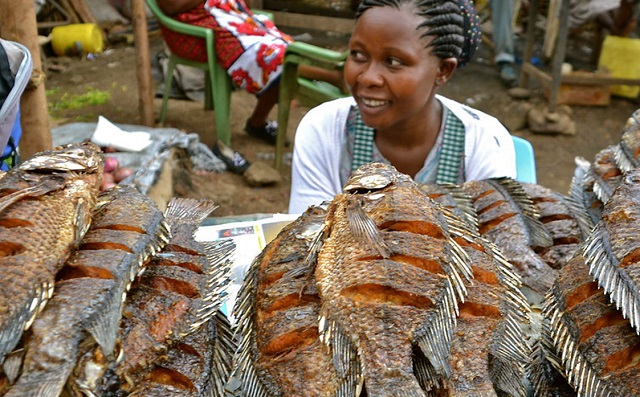
How to ensure poor people in cities can still get it
| ASTRID R.N HAAS | More than half of all African countries have now imposed lockdown measures aimed at flattening the curve of new COVID-19 infections. The reason for taking such drastic measures while infection rates are still relatively low, compared to the rest of the world, is that they could help Africa prevent the pandemic from making an even greater impact.
Some of the lockdown measures are even more stringent than those in many developed countries. These measures are already having a negative economic impact, particularly on urban populations.
People operating in the informal economy, who make a living based on daily transactions, are the hardest hit. Unlike many developed countries, Africa is largely urbanising without commensurate industrialisation. Formal job growth lags far behind. The urban informal economy is the main generator of income. It accounts for almost 72% of non-agricultural employment across the continent.
Urban dwellers use a major portion of their daily income on food. This is because they are less likely than rural people to be able to grow their own food. The poorest urban dwellers can spend up to 60% of their income on food.
The Nobel prize winning economist Amartya Sen famously observed that hunger is usually not a result of an insufficient supply of food, but rather a result of political constructs that result in those most vulnerable not being able to access the right foods. For the poorest urban dwellers this vulnerability is aggravated when their incomes fall at the same time as food prices rise – a situation already happening in developing country cities facing lockdowns.
Governments must therefore focus on keeping food supply chains working. This will require a combination of interventions. The first is to ensure that sufficient food reaches urban markets and that it remains affordable. They will also need to ensure that food can be accessed by those who need it most and in such a way that continues to ensure the health and safety of everyone.
Keeping food supply chains going
Prior to the COVID-19 crisis, food in African cities was already expensive. Urban populations pay about 35% more for food than people pay elsewhere. One of the drivers is the sprawling and fragmented form of many African cities, due to poor planning. This increases the costs of land, rent and transport. It translates into higher costs throughout supply chains, including those for food.
During the COVID-19 crisis, food supply chains were initially disrupted by the closure of borders. This is a worry for low-income countries, which are much more dependent on food imports.
Next came bans on public and private transportation inside countries, threatening the supply of food to cities. The bans also threaten supply chains of imported food via cities to rural areas.
Many countries, like Kenya, are exempting official food supply shipments from these bans. But food that supplies markets in African cities is often transported informally and in small quantities. More importantly, it is transported through the same public system that has now been temporarily shut down in many places.
In some countries, prices for some food products rose by more than 100% at the start of national lockdowns, driven by panic and uncertainty. India’s case shows that disruptions in the food supply chain will result in higher food prices, hitting the urban poor the hardest.
 The Independent Uganda: You get the Truth we Pay the Price
The Independent Uganda: You get the Truth we Pay the Price





